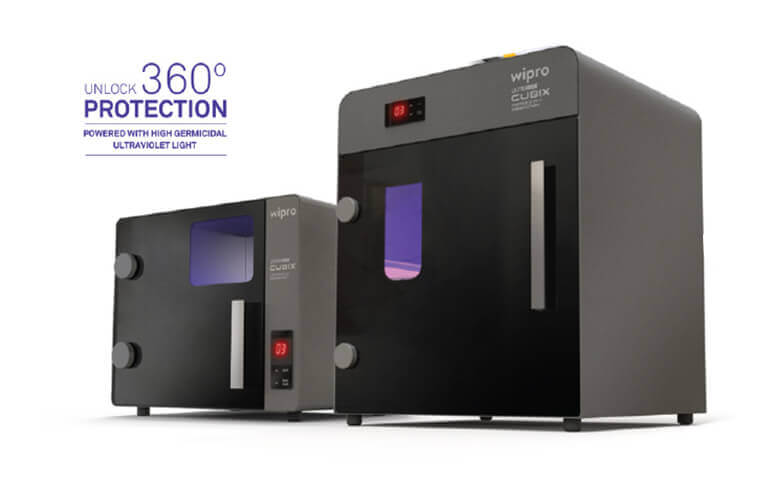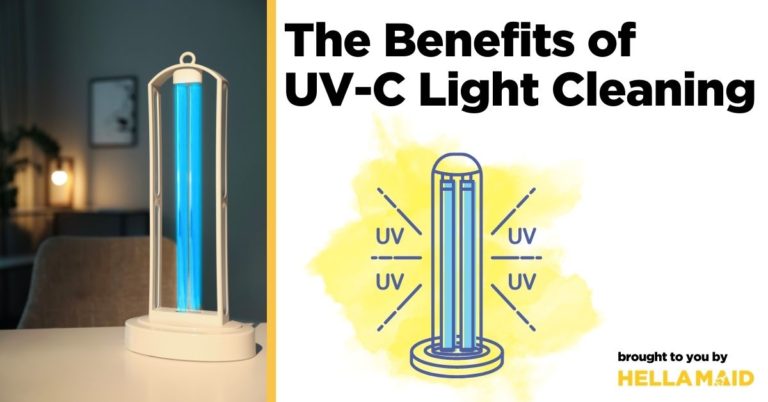Uvc Light Fundamentals Explained
Uvc Light Fundamentals Explained
Blog Article
Uvc Light Fundamentals Explained
Table of ContentsUvc Light Fundamentals ExplainedUvc Light Fundamentals ExplainedIndicators on Uvc Light You Need To KnowIndicators on Uvc Light You Should KnowA Biased View of Uvc Light5 Easy Facts About Uvc Light Shown
A new kind of ultraviolet light that might be safe for individuals took less than 5 minutes to decrease the degree of interior airborne microbes by even more than 98%, a joint research study by scientists at Columbia University Vagelos University of Physicians and Surgeons and in the U.K. has actually found. Also as microorganisms continued to be sprayed into the space, the level stayed extremely low as lengthy as the lights were on.Till currently these researches had only been carried out in tiny experimental chambers, not in full-sized spaces mimicking real-world conditions. In the present research, scientists at the University of St. Andrews, University of Dundee, College of Leeds, and Columbia College examined the efficacy of far-UVC light in a big room-sized chamber with the very same air flow price as a typical home or office (concerning 3 air changes per hour).
The effectiveness of different strategies to decreasing indoor infection degrees is generally gauged in terms of equivalent air modifications per hour. In this research study, far-UVC lights generated the matching of 184 equal air exchanges per hour. This surpasses any other method to decontaminating occupied indoor areas, where 5 to 20 equal air adjustments per hour is the best that can be attained practically.
The 10-Minute Rule for Uvc Light

The major parameters of UV-C disinfection are wavelength, dose, relative humidity, and temperature. There is no consensus about their ideal values, but, generally, light at a high dose and a range of wavelengths having 260 nm is preferred in an environment at area temperature level with reduced family member moisture. This light can be created by mercury-vapour, light-emitting diode (LED), pulsed-xenon, or excimer lamps.
There are wellness and security risks associated with the UV-C modern technology when made use of in the closeness of individuals. UV-C disinfection systems have appealing functions and the prospective to enhance in the future. Clarifications surrounding the various specifications affecting the modern technologies' efficiency in healthcare facility atmosphere are needed. UV-C sanitation should presently be taken into consideration for low-level instead than high-level disinfection.
An additional application developed in 1910 when UV light was used to this decontaminate water. Nowadays, UV light is utilized for water, air, food, surface, and medical devices sanitation.
Some Known Questions About Uvc Light.
DNA, RNA, or proteins of a micro-organism absorb UV light, with a peak absorbance around 260 nm [6] This causes the disturbance of DNA or RNA, causing the inactivation of the micro-organism. UV-C-induced DNA interruption commonly is composed of the bonding of two neighbouring thymine (or cytosine) bases rather of the traditional connecting of a base with its corresponding base on the various other hair.

The UV-C area is made use of for disinfection however there is no agreement on the specific optimum wavelength. Light at 260 nm can cause the most interruption. Numerous micro-organisms are most vulnerable to somewhat various wavelengths.
The Single Strategy To Use For Uvc Light
On the other hand, it has technological effects given that the complete power of the light beam of light is after that separated over all existing wavelengths. A micro-organism that is at risk to 254 nm light will certainly be suspended more by a light that gives off solely light at 254 nm than a light that releases Extra resources a wavelength spectrum at equivalent total power.
Exposure times of 1045 minutes for space sanitation and 25 s to 5 min for medical tools were experienced in literature. The strength is inversely symmetrical to the settled range between the light and the surface and is therefore specified at the surface in the dosage calculation formula [14]
Additionally, the output of a lamp decreases over time, so it is suggested to compute the dose at the end of lamp life, which is agent of a worst-case circumstance. The dosage also influences the amount of photoreactivation.
Zhang et al. observed an adjustment in UV irradiance of 34% when the RH raised from 50% to 90% [18] The quantity of RH influence on UV effectiveness depends on today micro-organism and is much more apparent for bacteria than for infections [16] Finally, the impact of temperature level relies on the source of light.
Not known Facts About Uvc Light


This is called much UV-C modern technology and is a fairly brand-new sanitation technique with restricted understanding concerning its efficiency. This makes it riskier to entirely count on this modern technology for sanitation in the medical facility and it is as a result not commonly made use of [21] It likewise has benefits such as a minimized threat for usage near individuals due to a lower infiltration deepness into the skin and eyes [ 26]
In research, the outcomes on pulsed versus continual UV-C sanitation efficiency differ. When comparing pulsed and constant light it is important to maintain other variables such pop over to this site as wavelength and dose consistent.
How Uvc Light can Save You Time, Stress, and Money.
In case ozone is not required for disinfection, a customized lamp can be utilized. For mercury-vapour lights, drugged quartz glass or specialized soft glass can filter out short-wave UV-C light - uvc light.
Report this page